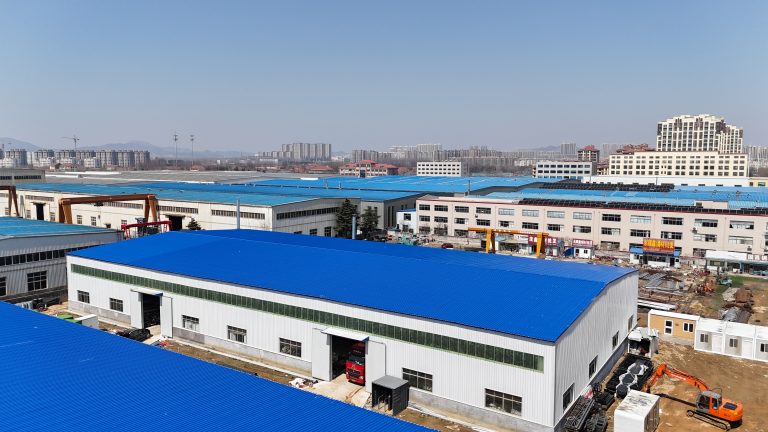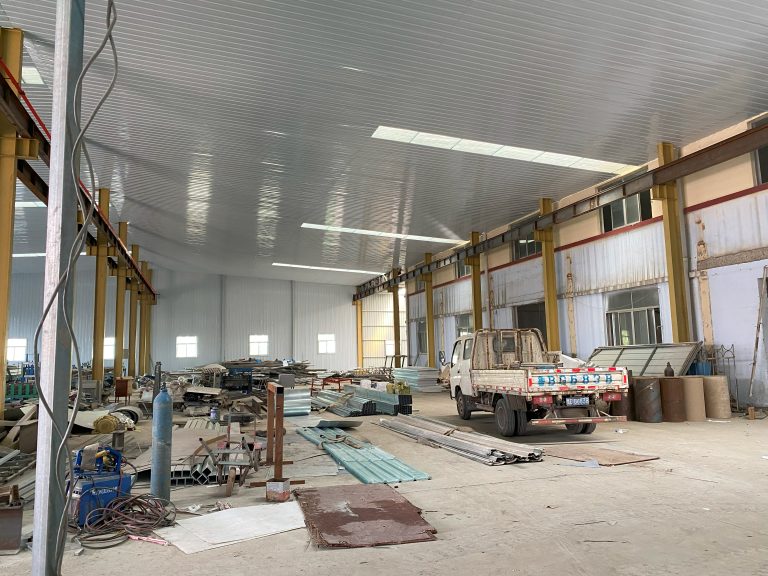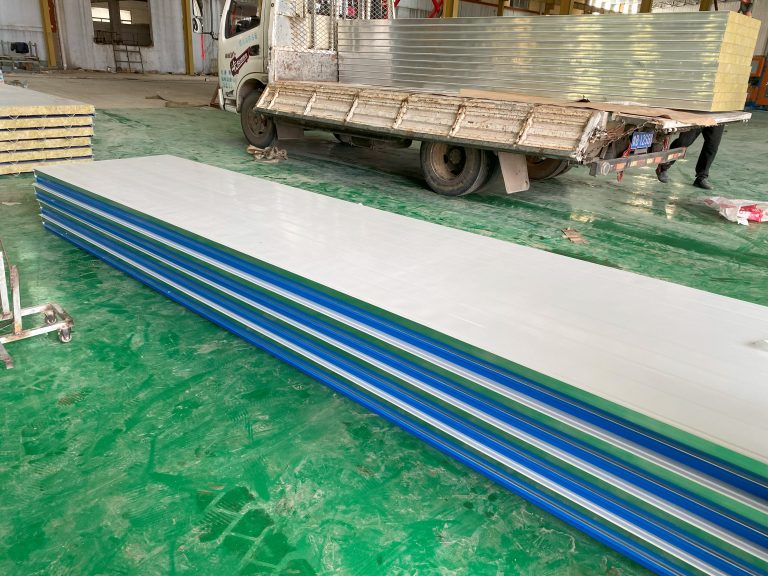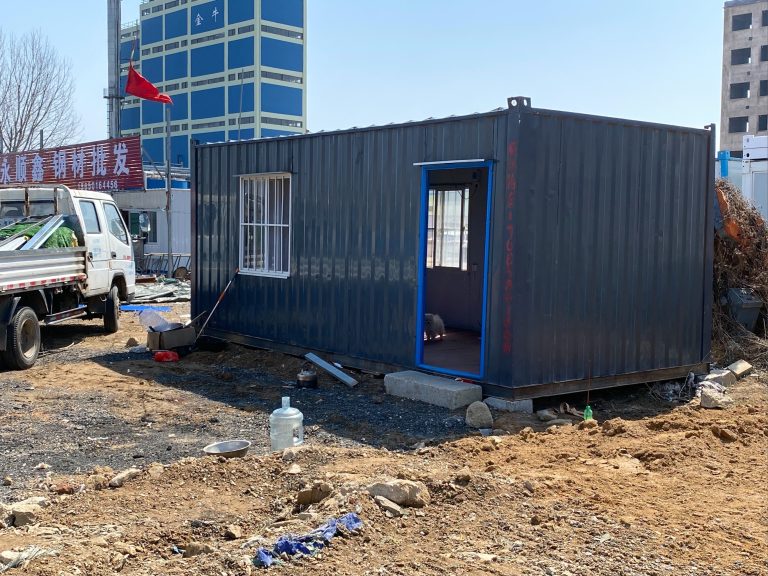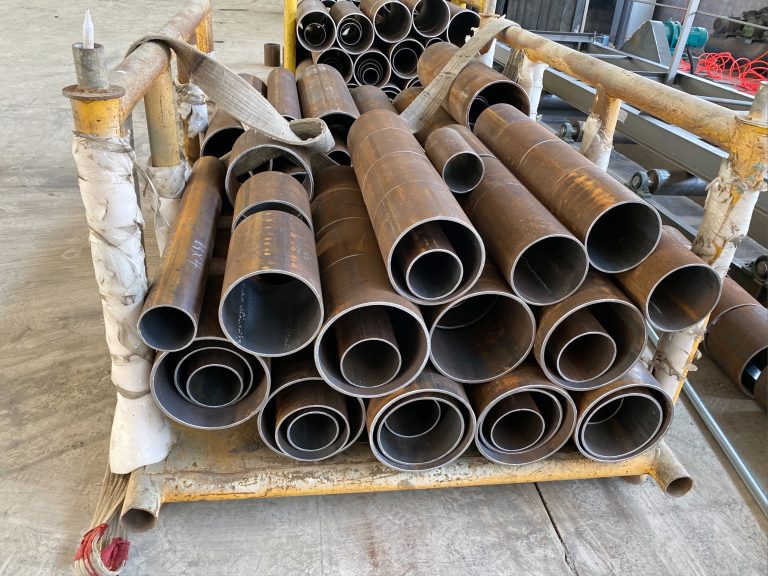The status of steel structure in green building evaluation system.
Table of Contents
Benefits of Incorporating Steel Structures in Green Building Evaluation Systems
Steel structures have long been a popular choice in construction due to their durability, strength, and versatility. In recent years, there has been a growing emphasis on sustainability and environmental consciousness in the construction industry. As a result, the use of steel structures in green building projects has become increasingly common.
One of the key benefits of incorporating steel structures in green building evaluation systems is their high recyclability. Steel is one of the most recycled materials in the world, with a recycling rate of over 90%. This means that steel structures can be easily dismantled and reused, reducing the demand for new raw materials and minimizing waste. By using steel structures in green building projects, developers can significantly reduce the environmental impact of their construction activities.
In addition to their recyclability, steel structures also have a long lifespan. Steel is a highly durable material that is resistant to corrosion, fire, and pests. This means that steel structures require minimal maintenance and have a lower risk of deterioration over time. By using steel structures in green building projects, developers can create buildings that are not only environmentally friendly but also built to last.
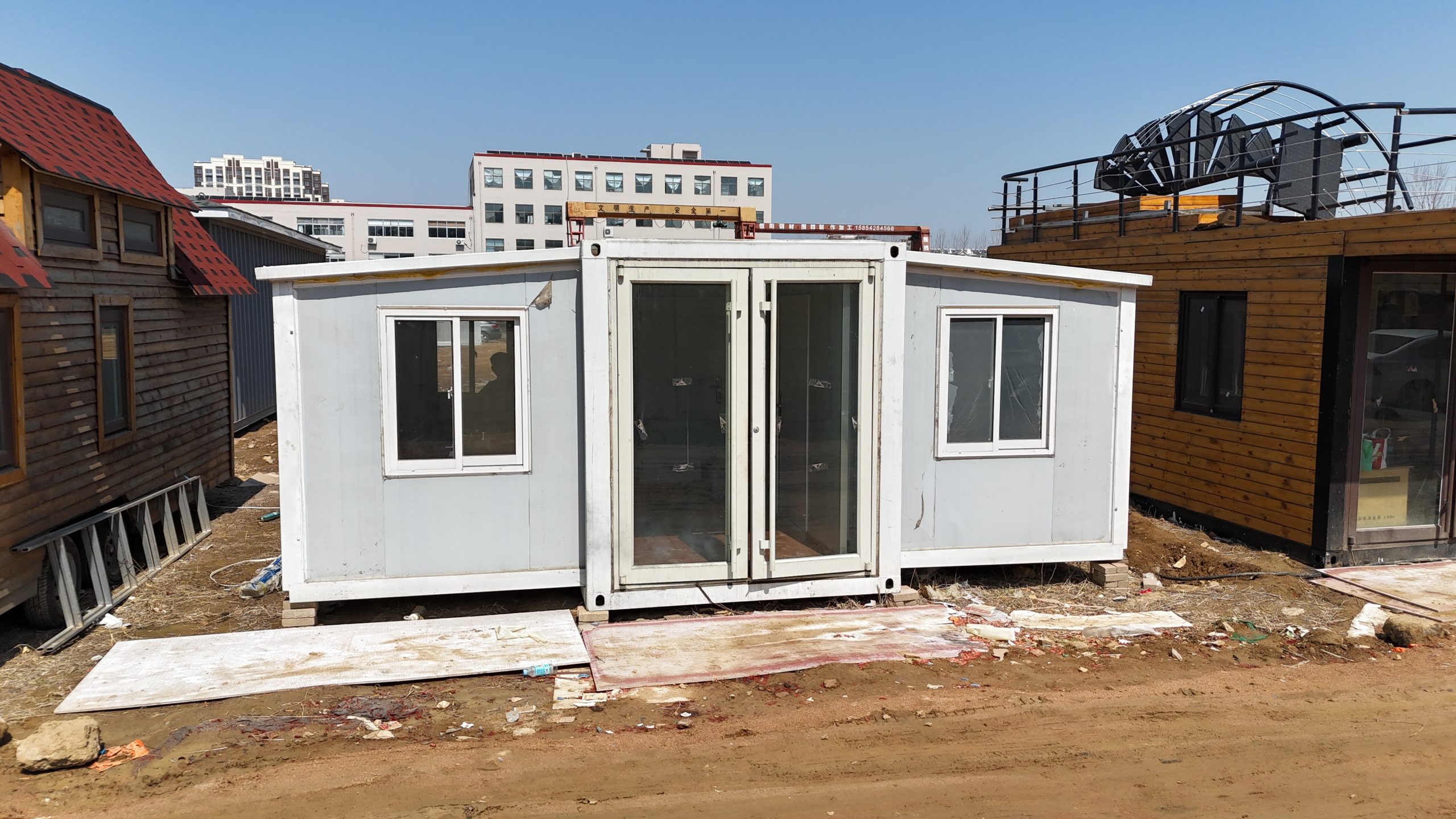
Furthermore, steel structures are highly versatile and can be used in a wide range of building types and designs. Steel can be easily shaped and molded into different forms, allowing architects and designers to create innovative and unique structures. This flexibility in design can help developers meet the requirements of green building evaluation systems, which often prioritize energy efficiency, resource conservation, and sustainable practices.
Another benefit of incorporating steel structures in green building projects is their energy efficiency. Steel structures can be designed to maximize natural light and ventilation, reducing the need for artificial lighting and heating. Additionally, steel structures can be insulated to improve thermal performance, further reducing energy consumption. By using steel structures in green building projects, developers can create buildings that are not only environmentally friendly but also cost-effective to operate.
In conclusion, the status of steel structures in green building evaluation systems is on the rise. Steel structures offer a range of benefits, including recyclability, durability, versatility, and energy efficiency, making them an ideal choice for sustainable construction projects. By incorporating steel structures in green building projects, developers can reduce their environmental impact, create buildings that are built to last, and meet the requirements of green building evaluation systems. As the construction industry continues to prioritize sustainability and environmental consciousness, the use of steel structures in green building projects is likely to become even more prevalent in the future.
Challenges and Limitations of Steel Structures in Green Building Evaluation Systems
Steel structures have long been a popular choice in construction due to their strength, durability, and versatility. However, when it comes to green building evaluation systems, steel structures face several challenges and limitations that need to be addressed.
One of the main challenges of using steel structures in green building evaluation systems is their high carbon footprint. The production of steel involves a significant amount of energy and emits a large amount of carbon dioxide into the atmosphere. This can have a negative impact on the overall sustainability of a building and may hinder its ability to achieve a high green building rating.
Another limitation of steel structures in green building evaluation systems is their potential for thermal bridging. Steel is a good conductor of heat, which can lead to heat loss and reduced energy efficiency in a building. This can make it more difficult to achieve high levels of energy efficiency and thermal comfort, which are key components of green building design.
In addition, steel structures can be more difficult to recycle compared to other building materials. While steel is a highly recyclable material, the process of recycling steel structures can be complex and costly. This can make it challenging for builders to meet the recycling requirements of green building evaluation systems and may limit the overall sustainability of a project.
Despite these challenges and limitations, there are ways to mitigate the impact of steel structures on green building evaluation systems. One approach is to use recycled steel in construction projects. By using recycled steel, builders can reduce the carbon footprint of a building and improve its overall sustainability. Additionally, incorporating insulation and thermal breaks into steel structures can help reduce thermal bridging and improve energy efficiency.
Another way to address the challenges of steel structures in green building evaluation systems is to consider the entire life cycle of a building. By taking into account factors such as material sourcing, construction methods, and end-of-life disposal, builders can make more informed decisions about the sustainability of a project. This holistic approach can help ensure that steel structures are used in a way that minimizes their impact on the environment and maximizes their contribution to green building goals.
In conclusion, while steel structures face challenges and limitations in green building evaluation systems, there are ways to address these issues and improve their sustainability. By using recycled steel, incorporating insulation and thermal breaks, and considering the entire life cycle of a building, builders can make more sustainable choices when using steel in construction projects. With careful planning and attention to detail, steel structures can continue to play a valuable role in green building design and help create more sustainable built environments.

